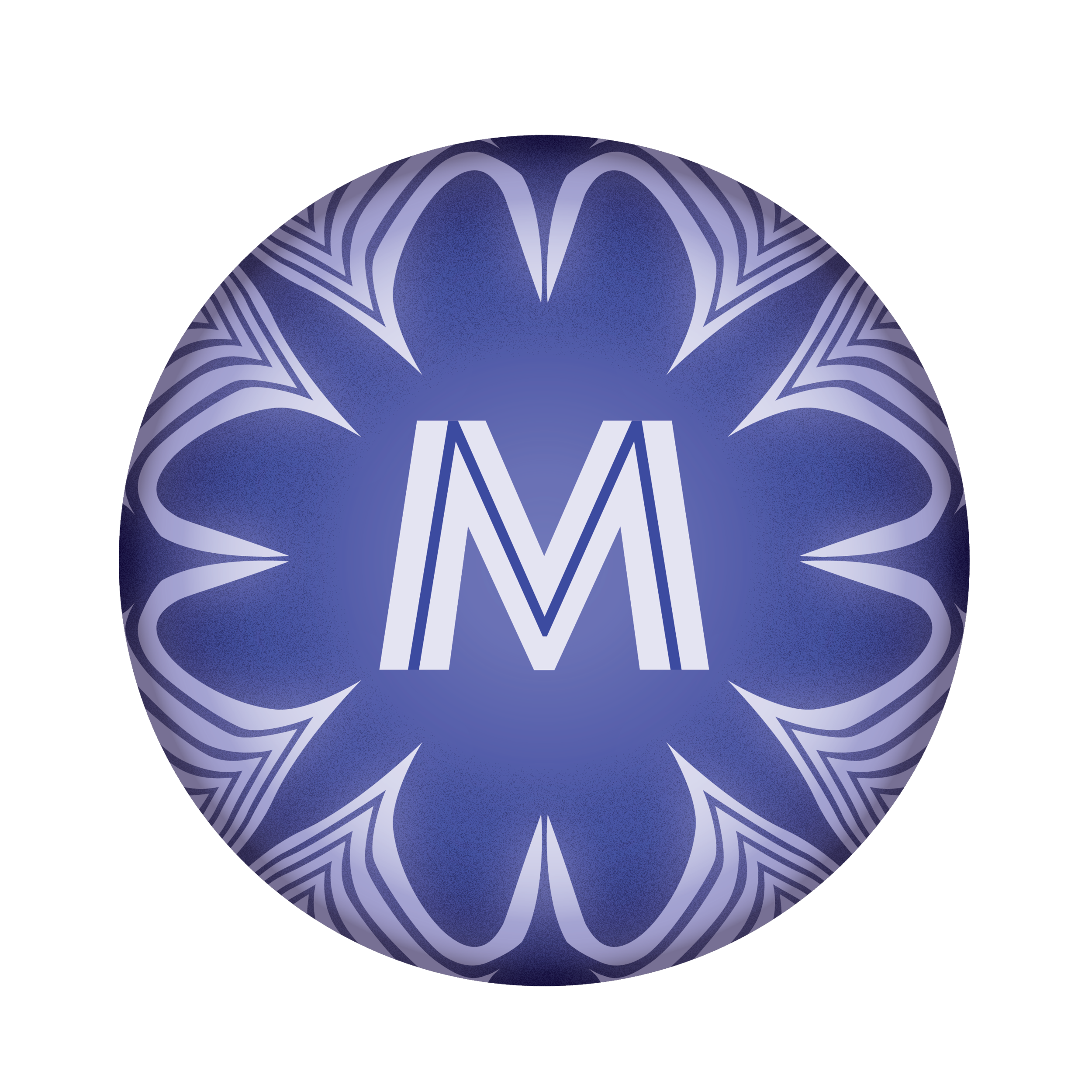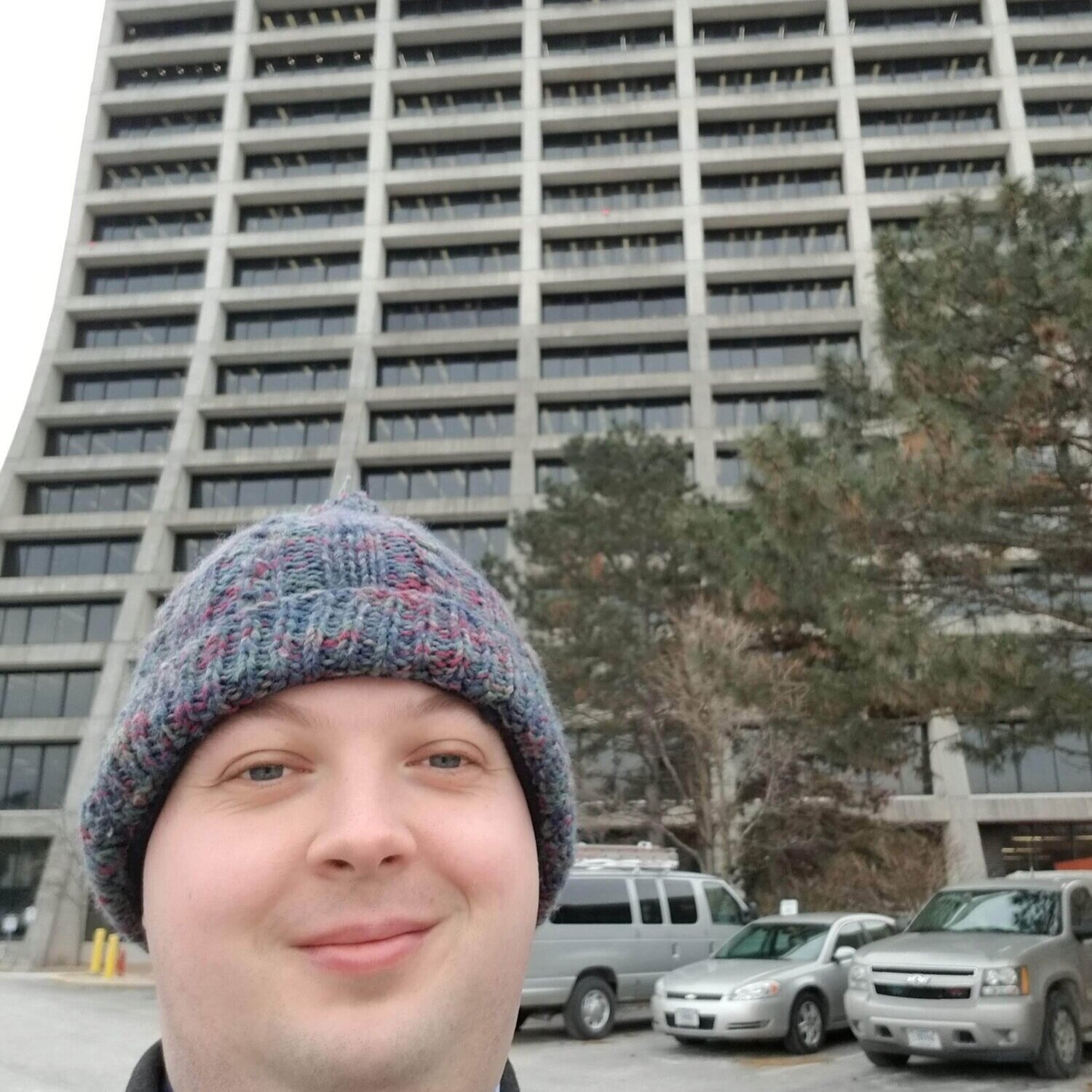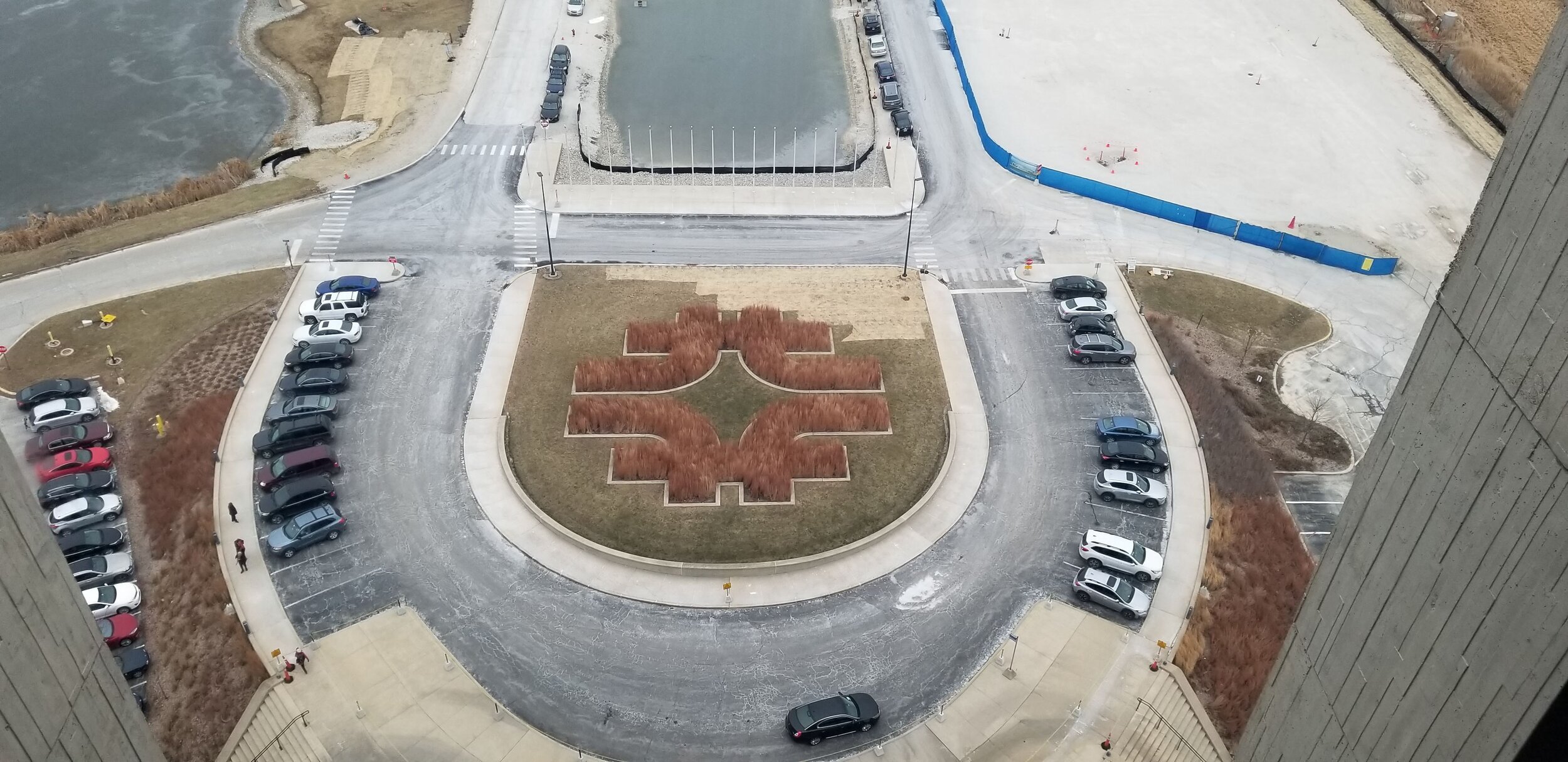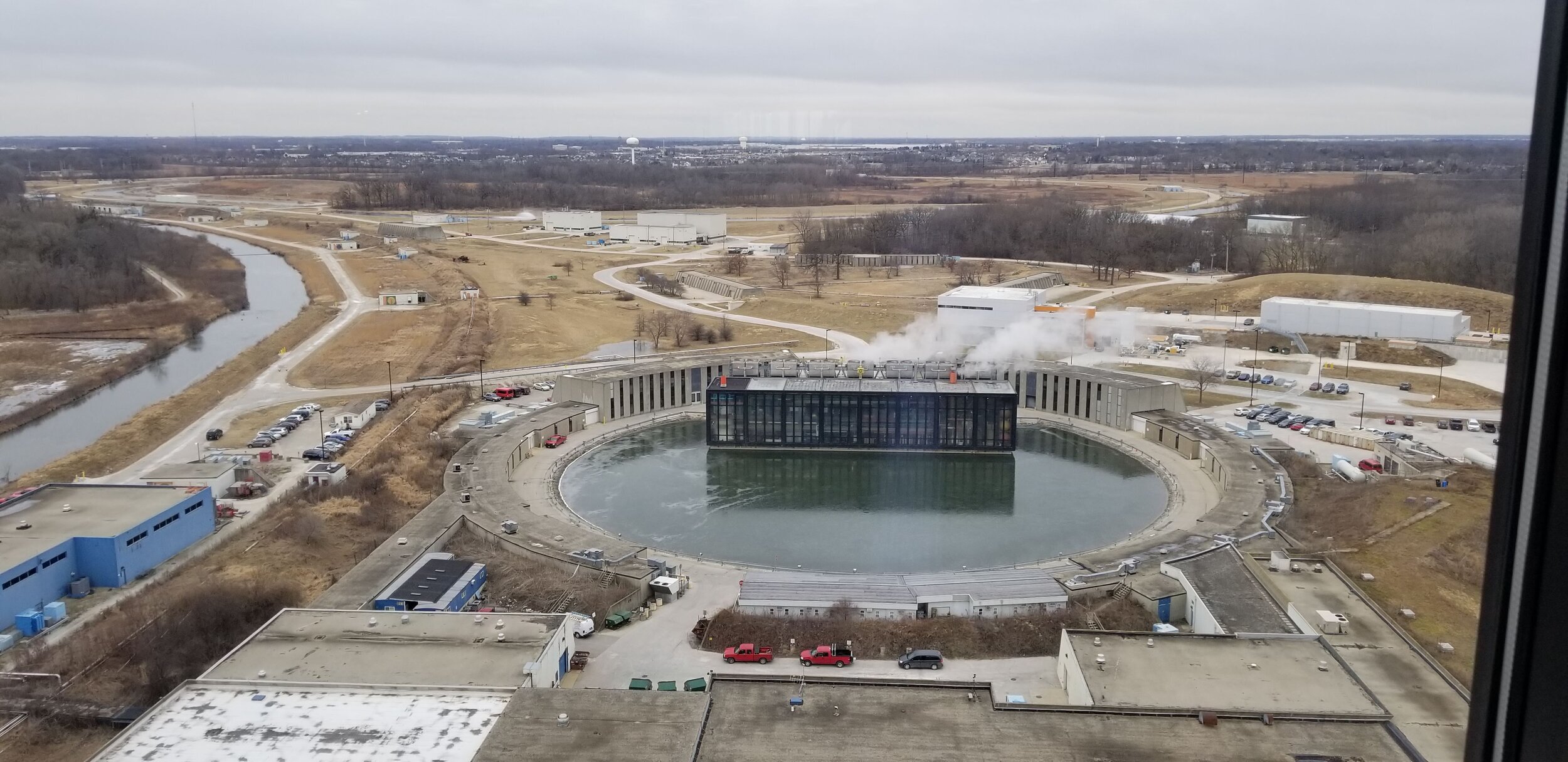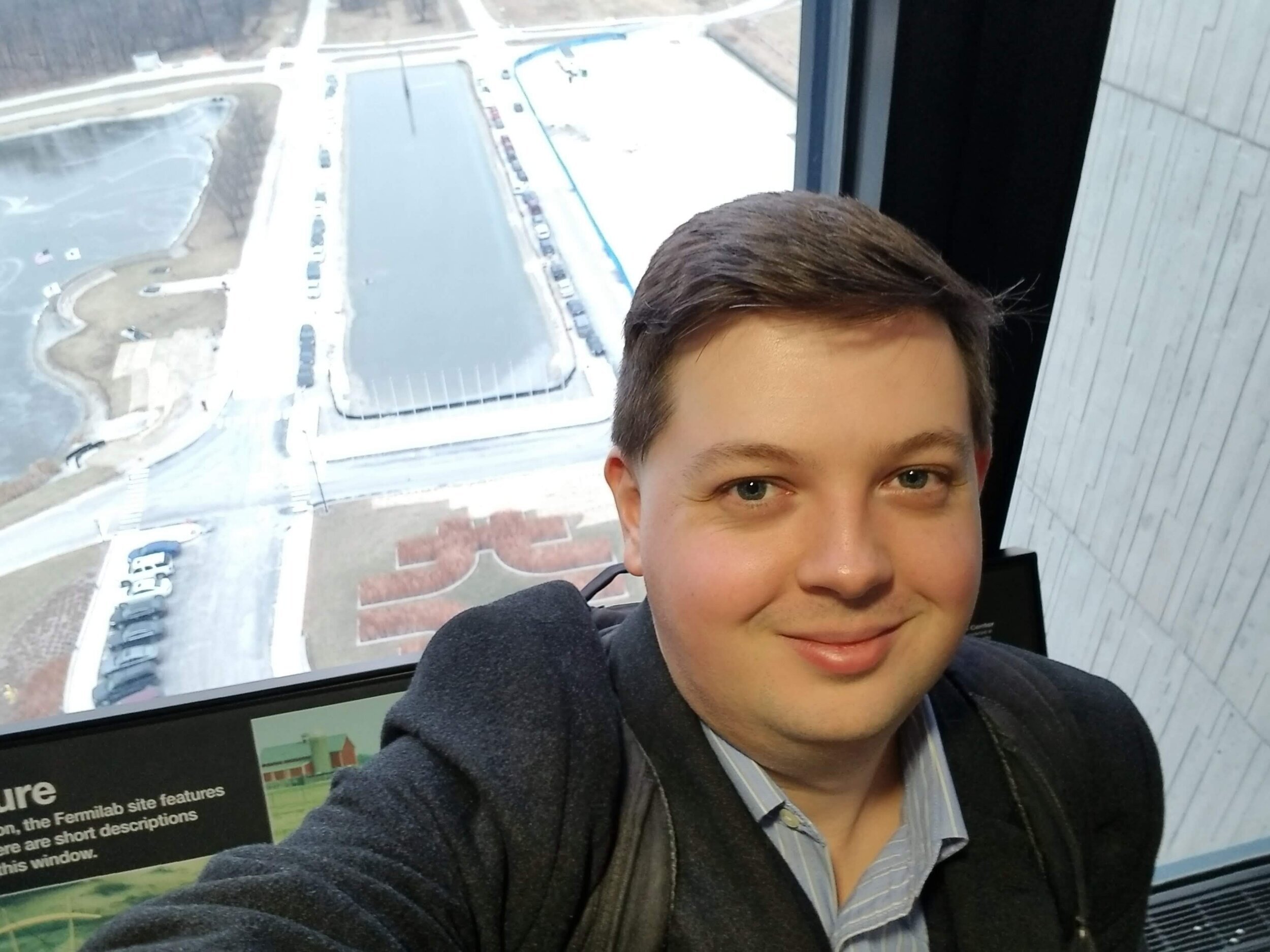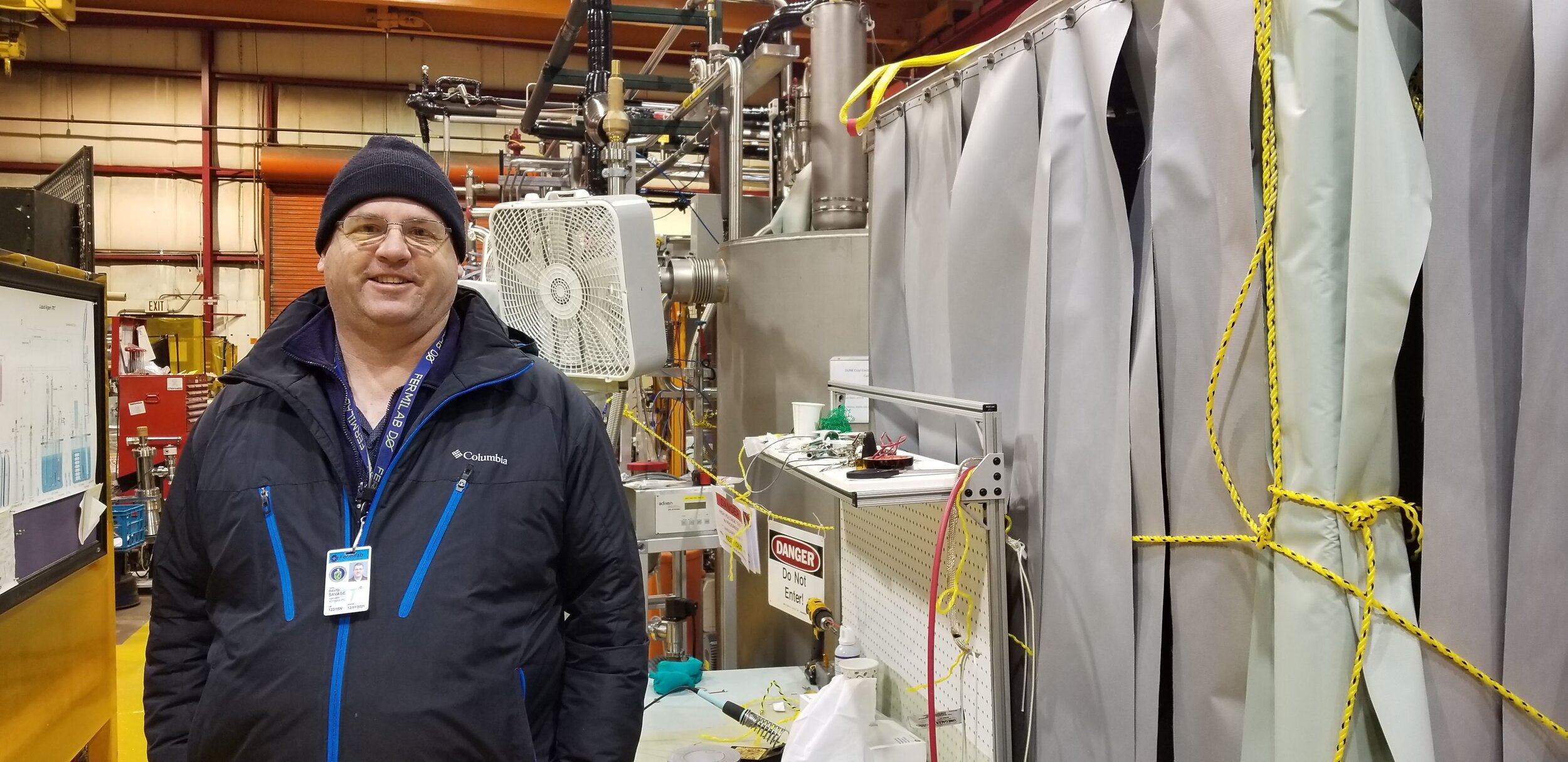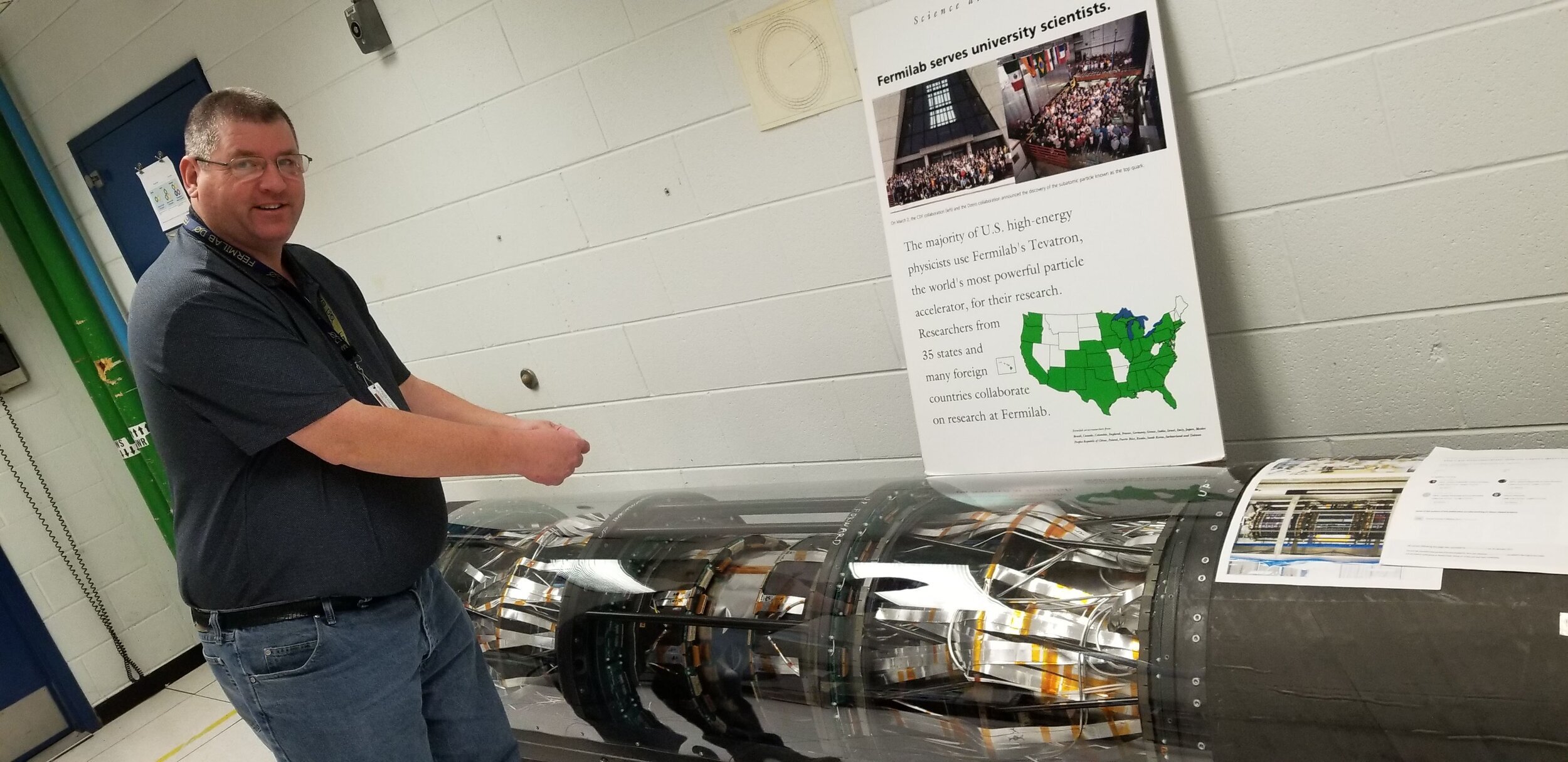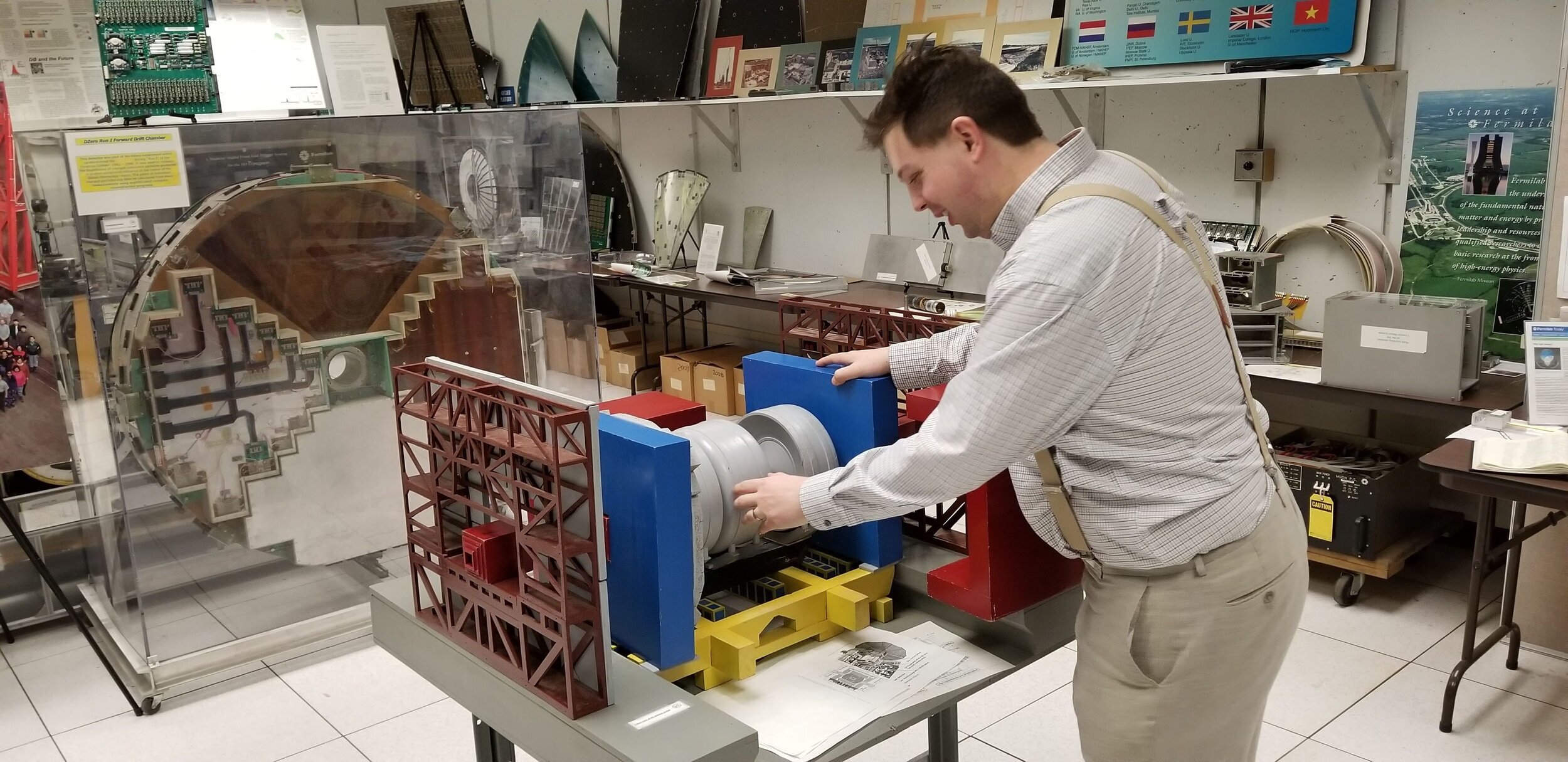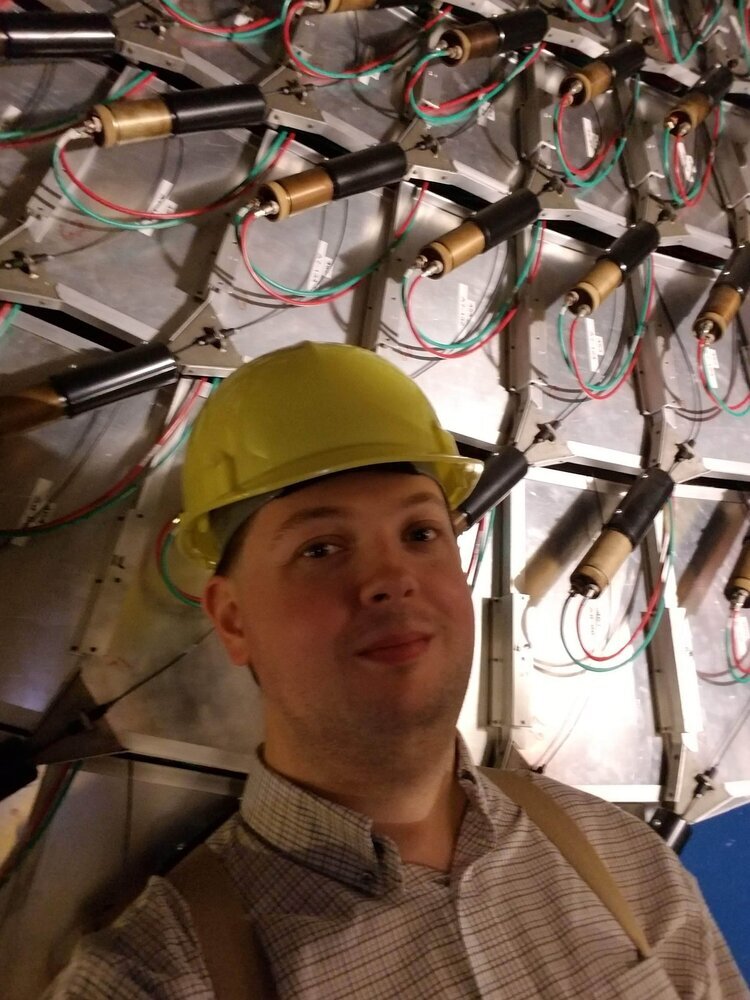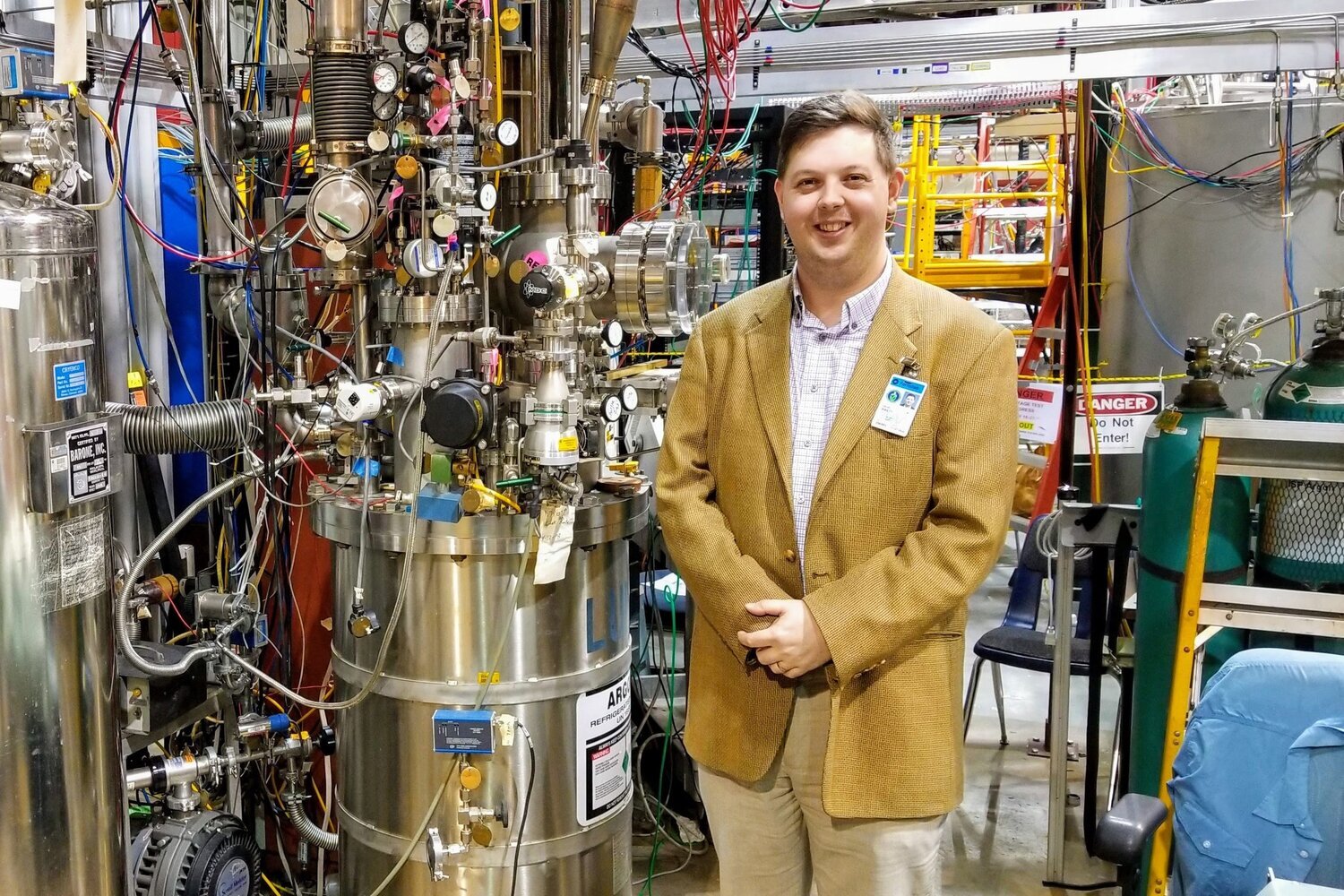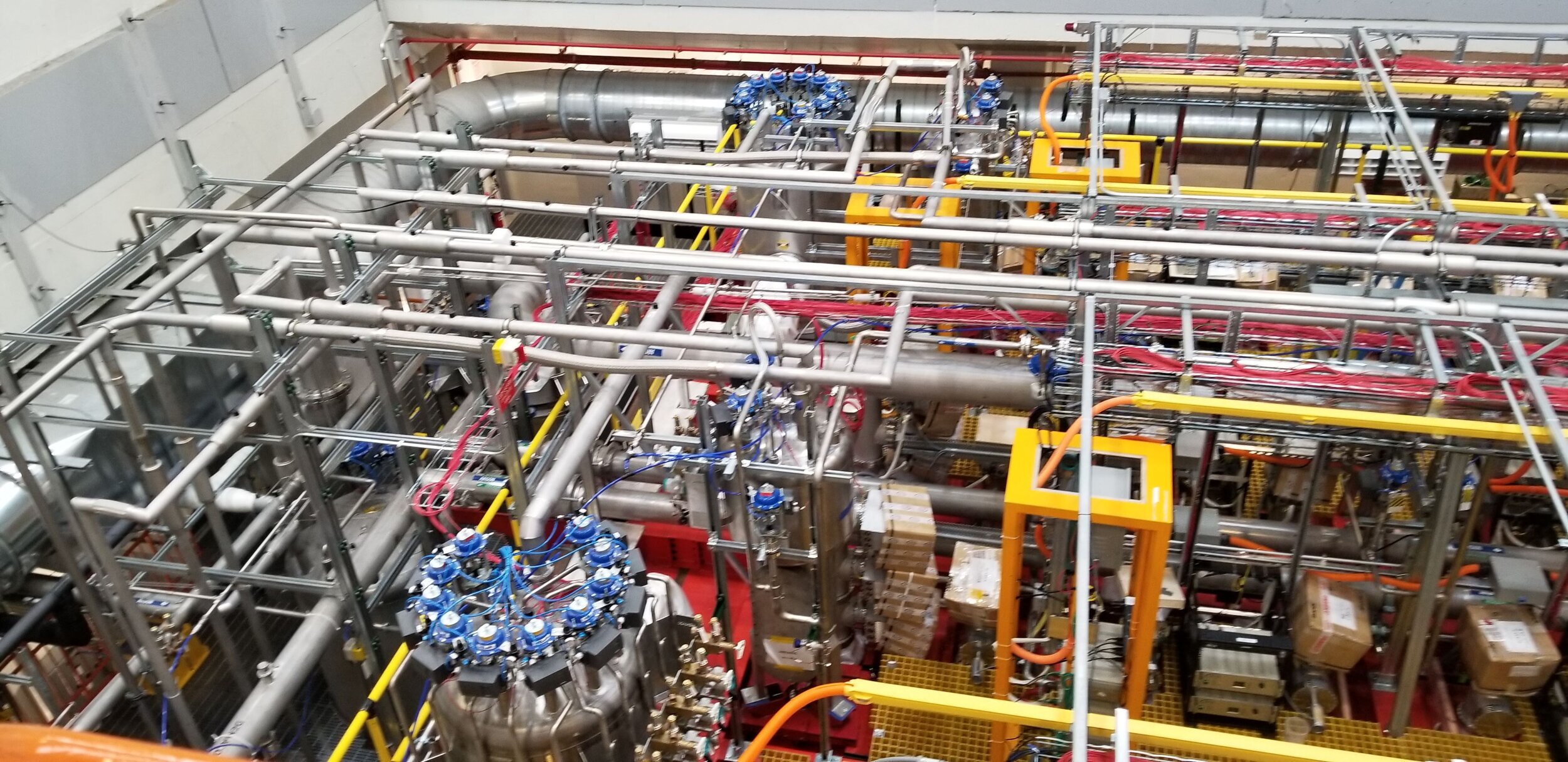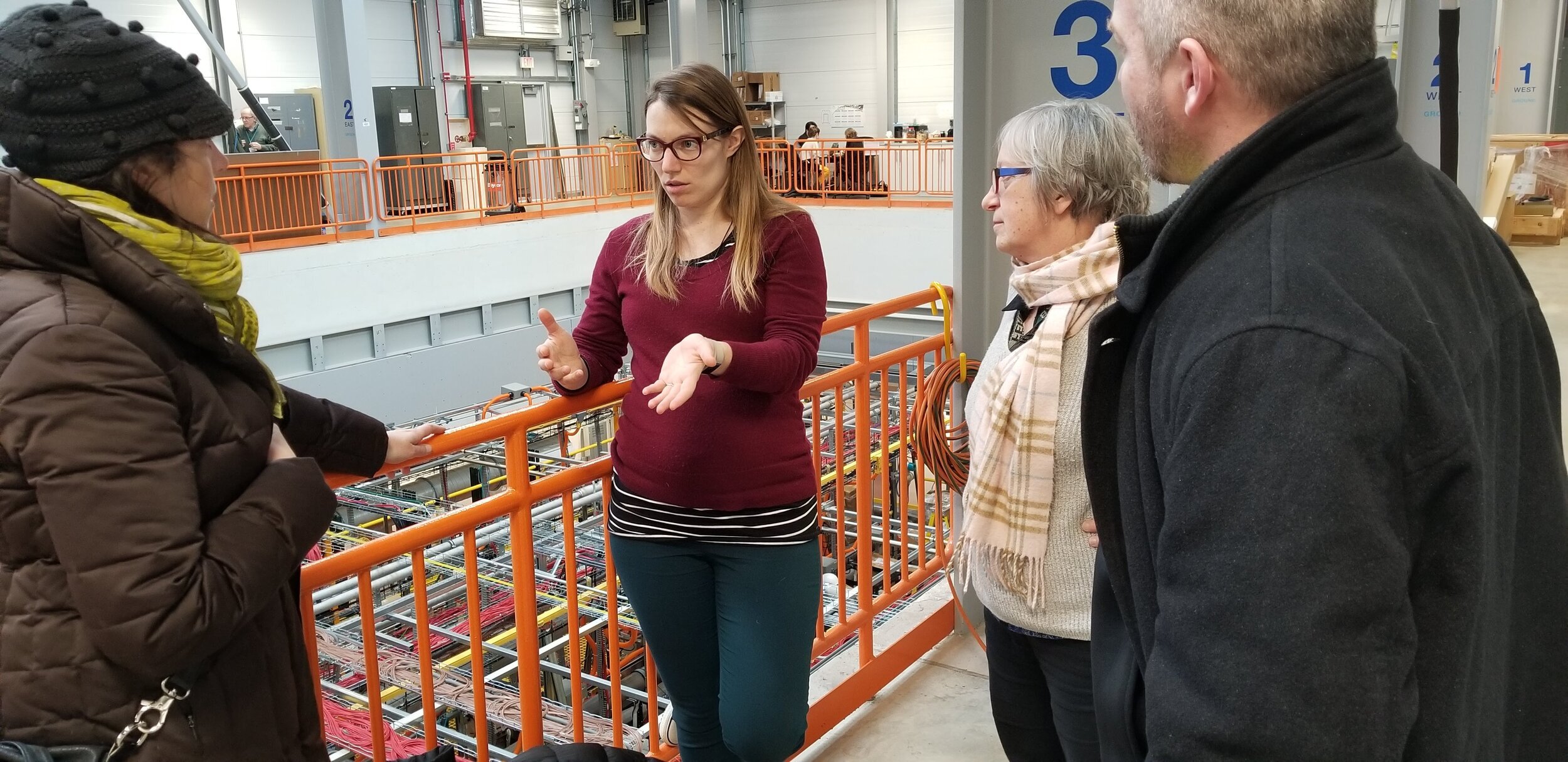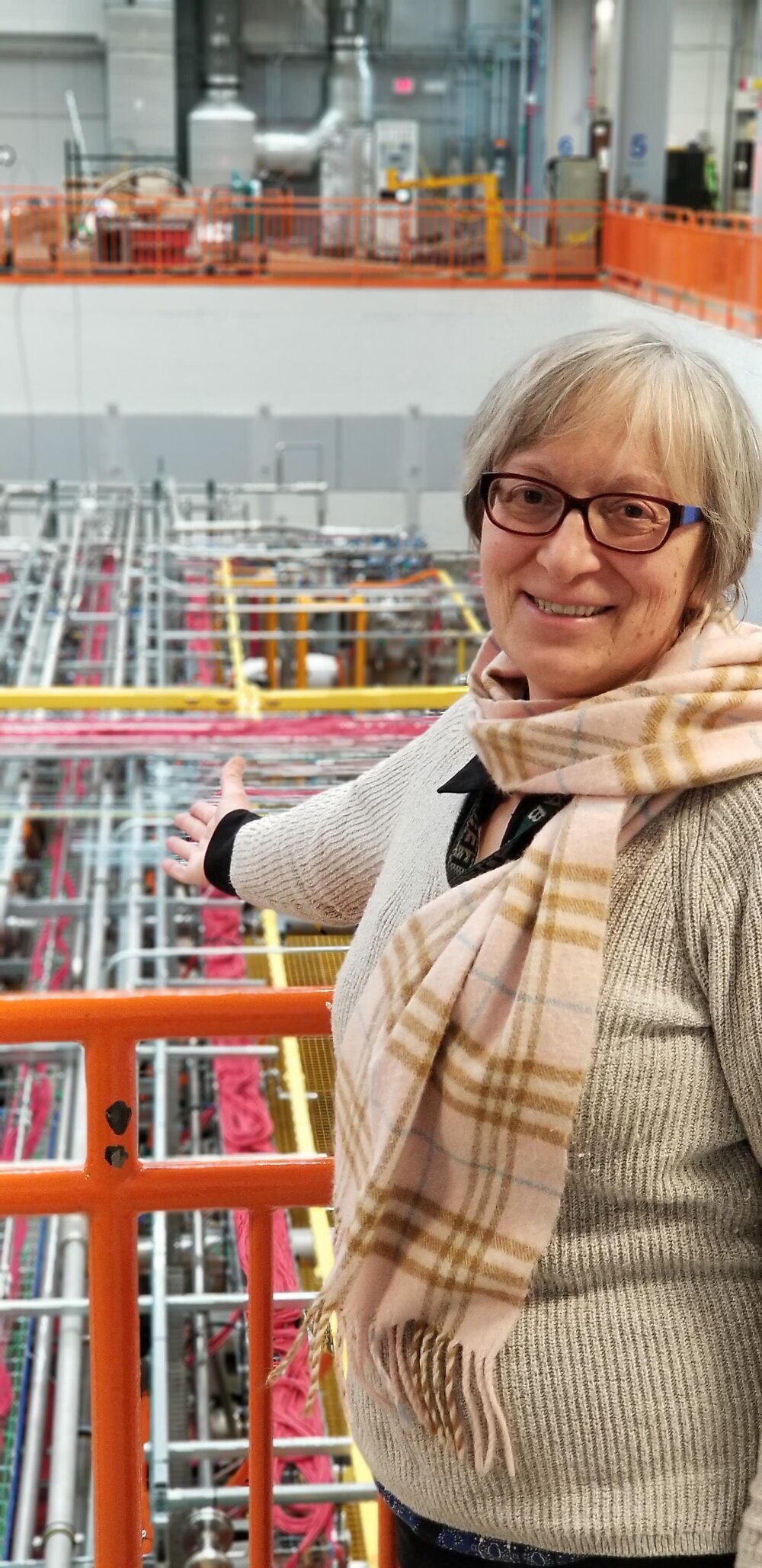Neutrino Music: I
neutrino music: I
A Composer’s Journey To Particles Unknown
at Fermilab National Accelerator Laboratory
I’m David Ibbett, thrilled to be the first ever Guest Composer at Fermilab! To celebrate my first trip I made a little music video - but do read on to follow my adventures…
“I want to discover Neutrino Music.”
Arrival
I’ve been passionate about science my whole life, but have never had the chance to visit a research center on such a grand scale:
From the whiteboard of Don Lincoln
I’ve been tasked with learning about the lab’s many (very many!) research projects, and channeling some of this science into music over the coming year. I’ve been composing science music for some time now, but particle physics has always seemed quite… daunting.
Especially for an artist with only High School physics (I did get an A* though!)
Nevertheless, I’m determined to journey deep into the heart of the science. I want to know where the boundaries are that researchers (like Don Lincoln who drew the above) are currently probing. I want to understand where we are, what we know, and what might be discovered in the coming years that could fundamentally change our understanding of the universe in which we live.
Then, once immersed, I want to channel this knowledge into sound, rhythm and harmony.
I want to discover Neutrino Music.
The Tour
Fermilab is equal parts theoretical research and experimental science, so I got plenty of exercise on my travels around site’s massive machines in their various stages of construction.
Me and this year’s Artists in Residence: Chris Klapper and Patrick Gallagher, posing next to one side of the Short Beam Neutrino Detector - soon to come online! Photo thanks to our guide Roberto Acciarri
I was then whisked away by Anne Mary Teichert - tour guide extraordinaire - to explore the many levels of Wilson Hall (the amazing building at the top of this page!). The control room (right video) has a great hands-on demonstration of how the NOvA uses scintillating fibers to detect neutrinos.
Anne Mary helping me get my Fermilab geography straight. It’s quite a maze of accelerators, rings and boosters!
Discovering scintillating fibres: converting neutrino collisions into light, data, and ultimately a reconstructed image
Tevatron
On Sunday Geoff Savage drove me on a wild ride through the old Tevatron sites and workshops. Although decommissioned in 2011, it was at one time the most powerful particle accelerator in the world. It’s still a marvel of engineering, and now that the beam is offline we can get very close without fear of radiation.
Icarus
One of my goals for this first trip was to find some unique spaces to make music. Icarus is a gorgeous machine, and I soon fell in love with its bright symmetric cables, the passion and openness of its researchers, and its bold mission to discover new kinds of neutrino. I can’t wait for it to come online later this year!
Angela Fava (center), Donatella Torretta (right)
And so, later the next day I came back to record the little video you saw above. It was mostly improvised, but the space really did dictate the sounds. I had to pick synths that would resonate well in the detector chamber, and drums that would blend with the hum of the air compressor in the background.
Liquid Argon is, of course, the coolant that is yet to be poured into the cyrostat container - a little musical argon will have to suffice for now :)
What does Neutrino Music sound like?
I now have lots of ideas. I’m particularly interested in the science of neutrino oscillation - how the three known kinds of neutrinos can change their state as they travel through space. Understanding how this works might tell us why there is something rather than nothing in the universe! (I’ve written about this before and it’s still an arresting question)
After a long and mind blowing meeting with Don Lincoln, I was able to come away with an overview of the field, and several of the burning questions that are now being posed and addressed in new experiments at the lab.
My own experiments are about to begin, and so this chapter draws to a close as I travel home to Boston. I will leave you, however, with one image that hints at what’s to come...
